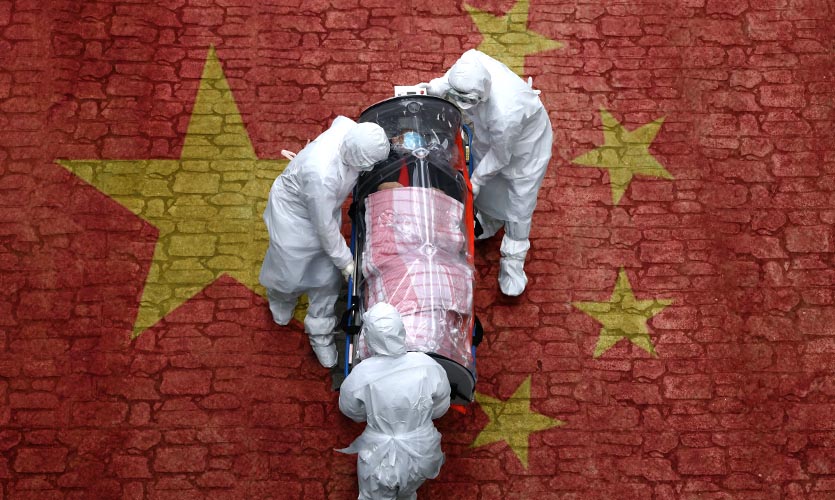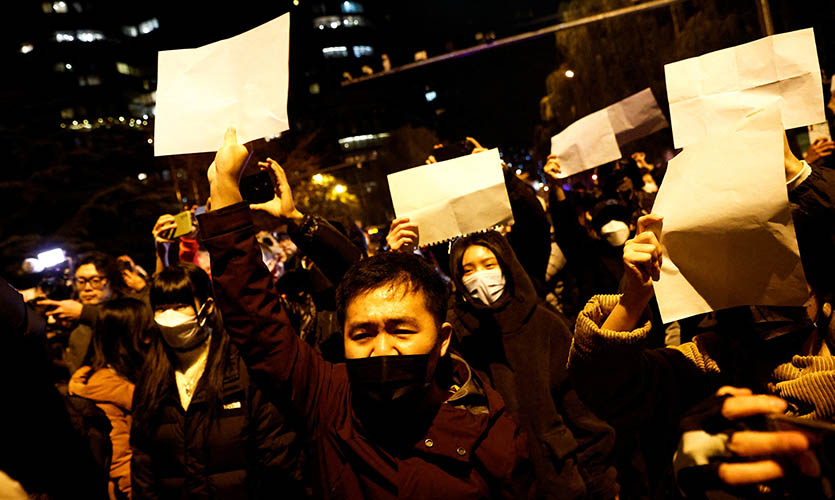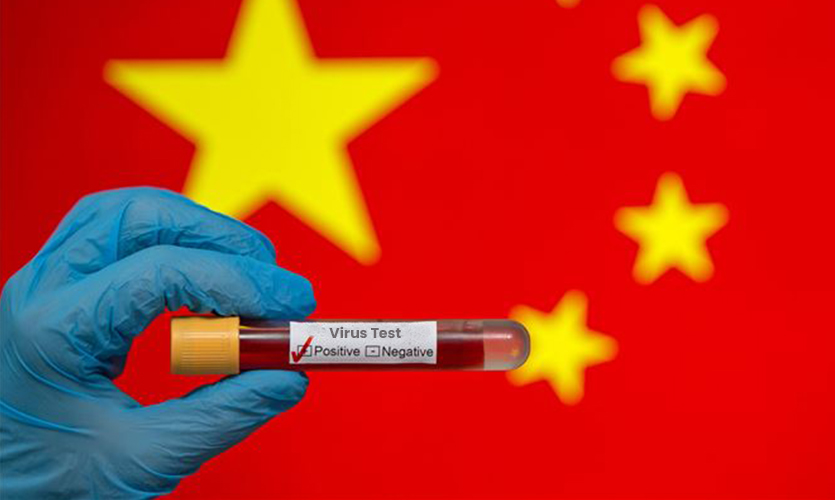Amid the colossal surge of COVID-19 infection cases in India, some patients have developed a rare and allegedly fatal fungal infection called ‘black fungus’ that is scientifically known as ‘Mucormycosis’. Emerging reports suggest mucormycosis cases are from states like Delhi, Maharashtra, Gujarat, and Karnataka.
India, at present, has over 2.29 crore cases with 2.49 lakh deaths but the real fear is this newly detected fungal infection and its impact.
What Is Mucormycosis?
As per the Center for Disease Control and Prevention (CDC), Mucormycosis (previously called zygomycosis) is a serious but rare fungal infection caused by a group of molds called mucormycetes. These molds that live throughout the environment mainly affect people who have health problems or take medicines that lower the body’s ability to fight germs and sickness. It most commonly affects the sinuses or the lungs after inhaling fungal spores from the air.
What Do The Reports Suggest?
As per prominent media outlets, the nation’s financial capital – Mumbai – has reported several cases of Mucormycosis (MM). More than 65 cases are found in Mumbai, while Surat, in Gujarat reported 40 plus cases. According to PTI, Maharashtra Health Minister Rajesh Tope revealed that the state could be having more than 2,000 MM patients and with more COVID-19 cases coming up, their number would increase too. Gujarat in total has a whopping 300 plus cases of black fungus to date.
Health experts who seldom witnessed death cases due to black fungus in the past years are surprised with the number of deaths in this second wave of COVID-19. As per India Today, eight persons were reported to have lost their eyesight in Surat due to MM. Even though there are is no official data released by the health ministry, eight out of 200 COVID-19 survivors allegedly died due to MM in Maharashtra. Delhi too has reported some MM cases – unofficially, around 10 cases.
Warning Signs
Given the flow of similarities in giving away symptoms in the nation, people recovering from COVID-19 infection are informed to be extra cautious. Major symptoms appear two to three days after the recovery. It includes pain and redness around the eyes/nose, fever, headache, coughing, shortness of breath and bloody vomits. Furthermore, as per Indian health advisory, infection with mucormycetes should be reckoned when:
– Sinusitis
– Blurred vision or pain in the eyes
– Discoloration over the bridge of nose/palate
– Numbness/swelling on either side of cheekbone
– Abdominal pain
– Gastrointestinal bleeding
– Loosening of teeth/jaw involvement
Additionally, as per CDC, MM is affecting people who have week immune systems and those with diabetes. Dr. Akshay Nair, a Mumbai-based eye surgeon, while talking to BBC News said, “Diabetes lowers the body’s immune defenses, coronavirus exacerbates it, and then steroids which help fight COVID-19 act like fuel to the fire.”
Read more about how the Centre has filed an affidavit on COVID-19 vilifying judicial interference
Source Of Contact
As per CDC, MM is caused by exposure to mucor mold that is commonly found in soil, plants, wood, leaves, manure, decaying fruits, and vegetables, or any organic matter. However, environmental sampling studies indicate that MM is rarely found in air samples.
Transmission
MM occurs through inhalation, inoculation, or ingestion of spores from the environment. “The mold can enter the body through cuts and other abrasions in the skin, or the infection can take hold in the sinuses or lungs after people breathe in the fungal spores. Once inside the body, the fungus can sometimes spread through the bloodstream and affect other organs, such as the brain, eyes, spleen, and heart,” Dr. Nair added.
Things one can keep in check in order to prevent the infection are wearing shoes, long trousers, long-sleeved shirts, gloves while handling the soil, moss, or manure, maintain personal hygiene, and take thorough ‘scrub’ bath every day, especially after being exposed to abovementioned situation.
Even though MM is a rare condition, some vulnerable groups – people with diabetes, low immunity, cancer, or HIV/AIDS – should be more careful. Instead of brushing off any of the symptoms, it is suggested to getting it checked by a health professional.
Treatment
As reported by AFP, Yogesh Dabholkar, an ear, nose, and throat specialist at DY Patil Hospital, Mumbai, said the treatment involves surgically removing all dead and infected tissue and administering a course of anti-fungal therapy. Controlling diabetes is the key along with reducing steroids and discontinuation of immunomodulating drugs.
Furthermore, the drugs that are used to treat the infection are expensive. Amphotericin-B is a key medicine that treats such patients. In Maharashtra, as per PTI, Haffkine (a state-run pharma) will float a tender for one lakh injections of the drug.
India’s Stand On MM
Niti Aayog member (Health) Dr. V. K Paul at a media briefing said that there is no major outbreak and they are monitoring the cases that are being reported. Meanwhile, on May 9, the Central Government released an advisory for the screening, diagnosis, and management of MM. They, along with a description of this infection, announced the specific health experts who one needs to consult in case of symptoms or suspicion. These include Microbiologist, Internal Medicine Specialist, Intensivist Neurologist, ENT Specialist, Ophthalmologist, Dentist Surgeon (maxillofacial/plastic), and Biochemist.










